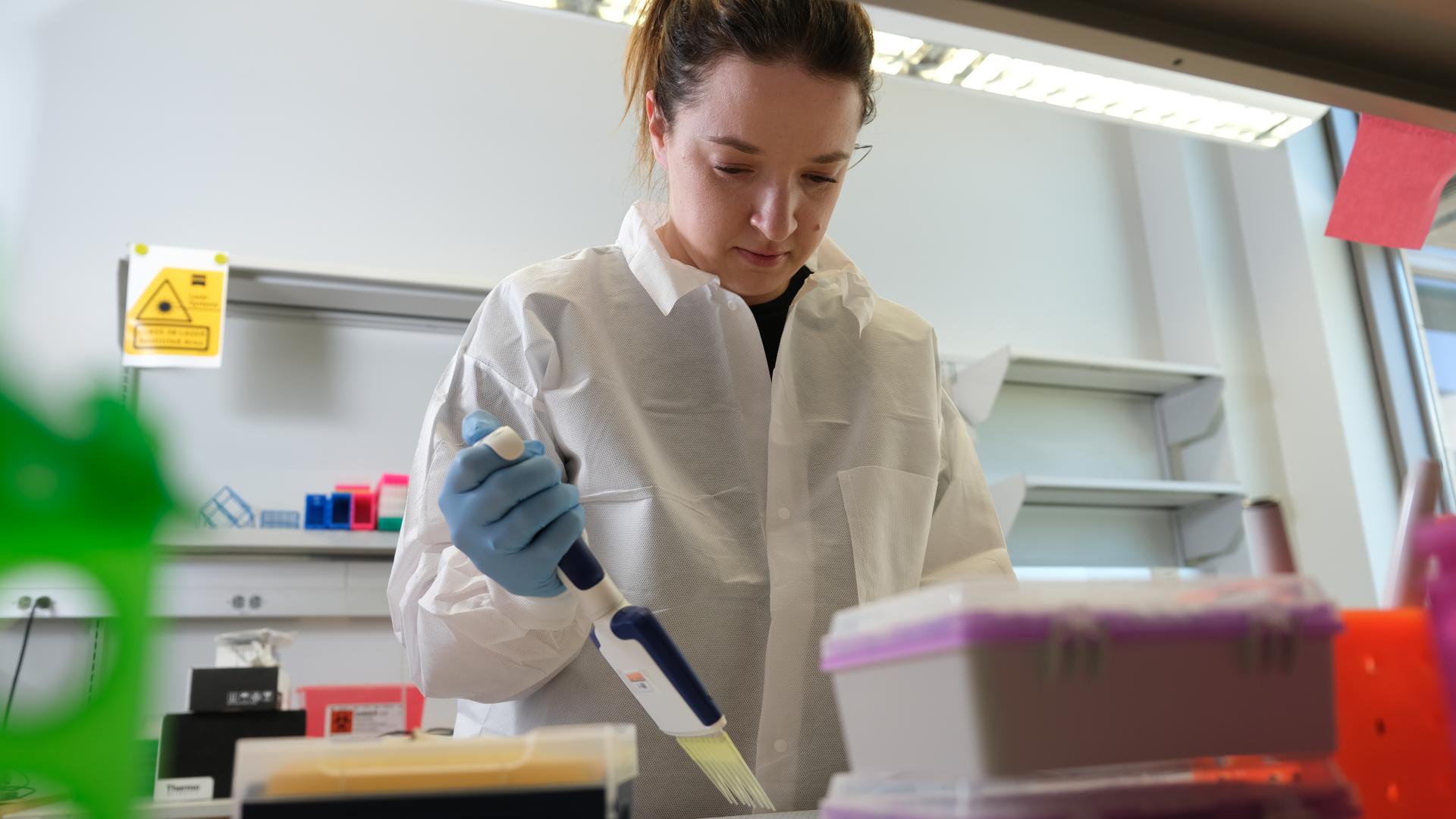
A dozen years ago, there were hardly any treatments for age-related macular degeneration (AMD). Fortunately, there are now several, and the best way to evaluate their effectiveness is to review the results of large, well-designed clinical trials.
Dry AMD
AREDS
For those with early dry AMD who have at least a moderate number of drusen (white deposits under the retina), the Age-Related Eye Disease Studies (AREDS I and II), showed that an antioxidant vitamin formula can reduce the risk of progression to late AMD by 25 percent. These patients are now advised to take the AREDS II formula.
For those with late dry AMD (also called geographic atrophy), there are currently two available treatments and several more are in clinical trials. Learn more.
Implantable Miniature Telescope
For certain patients with geographic atrophy, an implantable miniature telescope, surgically inserted into the eye in place of the natural lens, can help by magnifying images. While it is not yet FDA-approved for patients who have already had cataract surgery, there is an active clinical trial investigating its use in these patients. It is not for those who cannot tolerate seeing different size images out of each eye (the telescope only goes into one eye).
Wet AMD
For wet AMD, the more severe form of the disease, five effective treatment options now exist. Known as angiogenesis inhibitors, these involve injections of medicines that block the growth and leakage of abnormal blood vessels into the retina. All four treatments block vascular endothelial growth factor (VEGF), which promotes blood vessel growth. The medications can be injected every month; however, in some patients, they may not be needed as frequently.
Lucentis® and Eylea®
Two anti-VEGF drugs are FDA-approved. These are Lucentis and Eylea. Lucentis was shown in the ANCHOR and MARINA studies to improve vision by several lines on the eye chart when injected every month. This improvement lasted at least two years, but, on average, some of these gains were shown to be reversed in the longer term HORIZON and CATT studies. Lucentis can also be delivered through a surgically implantable device that needs to be refilled in the office every six months. It’s called the port delivery system (PDS).
Eylea, when injected every eight weeks (after an initial monthly injection regimen for three months), was shown to be indistinguishable from Lucentis every four weeks in the VIEW trials. However, injections of Eylea every eight weeks have not been compared to Lucentis every eight weeks in a clinical trial.
Beovu®
Beovu was approved by the FDA in October 2019. Like Lucentis and Eylea, it is a modified antibody that targets VEGF, but it can last longer. In a clinical trial comparing Beovu to Eylea, Beovu injected every 8-12 weeks was as effective as Eylea injected every eight weeks. For approximately half of the patients on Beovu, the injections could be spaced every 12 weeks instead of every eight weeks. Beovu caused inflammation in the eyes of four percent of patients, as compared to one percent for Eylea. The inflammation can cause retina blood vessel occlusions that cause severe vision loss, a rare but serious side-effect.
Avastin®
A third option is Avastin. This drug is FDA-approved for intravenous use in patients with certain types of cancer because cancer cells need new blood vessels to grow, and this medication blocks their growth. Avastin, when injected into the eye, is also effective for treatment of wet AMD. This type of treatment is called “off-label,” because the FDA has approved the drug for one disease and doctors are administering it for a different disease. The CATT study showed that Avastin and Lucentis have similar efficacy and safety.
Some doctors prefer to use Lucentis or Eylea because they are FDA-approved. Others prefer Avastin, in part, because it is much cheaper. Avastin, Eylea, and Lucentis cost approximately $50, $1,800, and $2,000 respectively, per injection.
Detracting from Avastin’s appeal has been concern about contamination. Because it comes in a large bottle intended for intravenous use in cancer cases, pharmacies need to divide the drug into many small syringes, a process known as compounding. There have been a few occasions in which several syringes provided by a single pharmacy have resulted in severe bacterial infections in patients’ eyes. However, a recent review of extensive patient databases suggests that because these contaminated doses are rare, overall, Avastin itself is not riskier than Lucentis or Eylea1. In 2022, a fifth drug, Vabysmo, became available for wet AMD. This drug targets not only VEGF but also an additional blood vessel growth-promoting protein called Ang2. Clinical trials show the drug can last as long as four months between injections.
Photocoagulation and Photodynamic Therapy
Before the advent of anti-VEGF drugs, laser photocoagulation and photodynamic therapy were used to treat wet AMD. Since they are generally less effective than the anti-VEGFs, today they are used only under unusual circumstances.
Good News
A recently published extension of the CATT study showed that, after five years, 50 percent of patients receiving anti-VEGF injections had 20/40 vision or better in the treated eye; 20 percent had 20/200 or worse; and the remaining 30 percent had vision somewhere between these two figures. Many patients did not require injections every month after the initial 2-year study period. In contrast, before wet AMD treatments were available, fewer than 10 percent of patients retained 20/40 vision after only two years.
A number of new drugs are currently in clinical trials, some of which are designed to be injected less frequently, or in combination with the current drugs.
About BrightFocus Foundation
BrightFocus Foundation is a premier global nonprofit funder of research to defeat Alzheimer’s, macular degeneration, and glaucoma. Through its flagship research programs — Alzheimer’s Disease Research, Macular Degeneration Research, and National Glaucoma Research— the Foundation has awarded nearly $300 million in groundbreaking research funding over the past 51 years and shares the latest research findings, expert information, and resources to empower the millions impacted by these devastating diseases. Learn more at brightfocus.org.
Disclaimer: The information provided here is a public service of BrightFocus Foundation and is not intended to constitute medical advice. Please consult your physician for personalized medical, dietary, and/or exercise advice. Any medications or supplements should only be taken under medical supervision. BrightFocus Foundation does not endorse any medical products or therapies.
- Treatments










